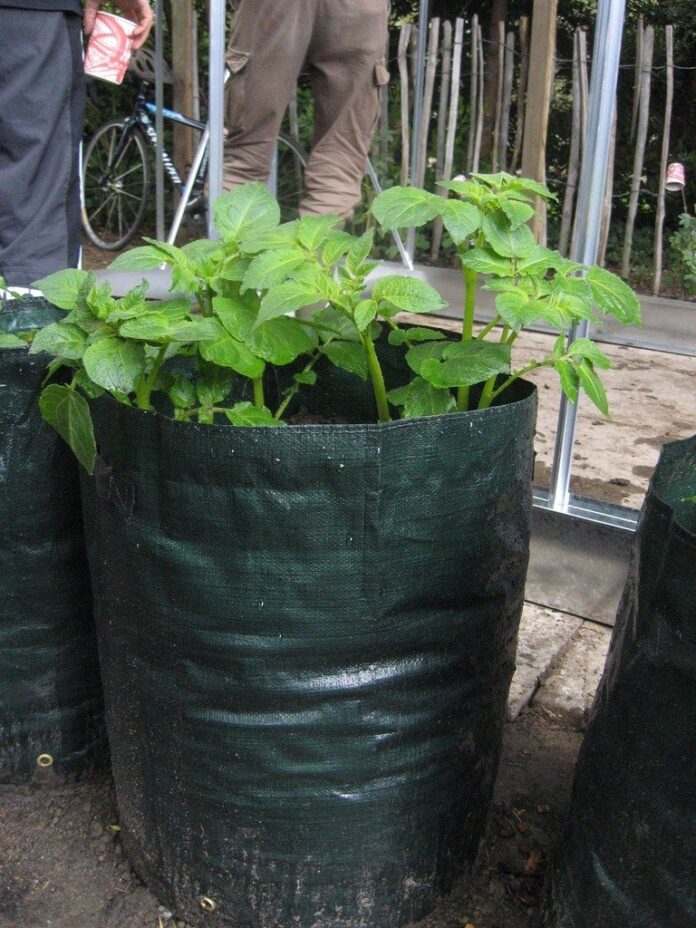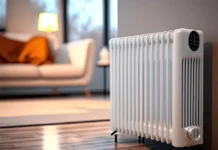Whether you intend to plant nutritious vegetables and fruits or thinking of adding vibrant color through flowers, the advantages of grow bags for plants are undisputed. In recent years, grow bags have become very important assets especially to those who have small or minimal spaces for gardening. Moreover, these bags give the gardeners an easy and fast way to develop healthy and blossoming landscapes.
Just as the name suggests, grow bags are bags used to grow plants. These bags are made of thick breathable fabric like a reusable grocery bag. As compared to plastic pots they offer good drainage and are well aerated.
HOW TO USE GROW BAGS FOR GARDENING?
If you intend to have a garden in your balcony, then grow bags are what you need. These bags allow you to grow plants even without a piece of land. They are also good for indoor gardens. Therefore you can grow tomatoes and carrots all through the year.
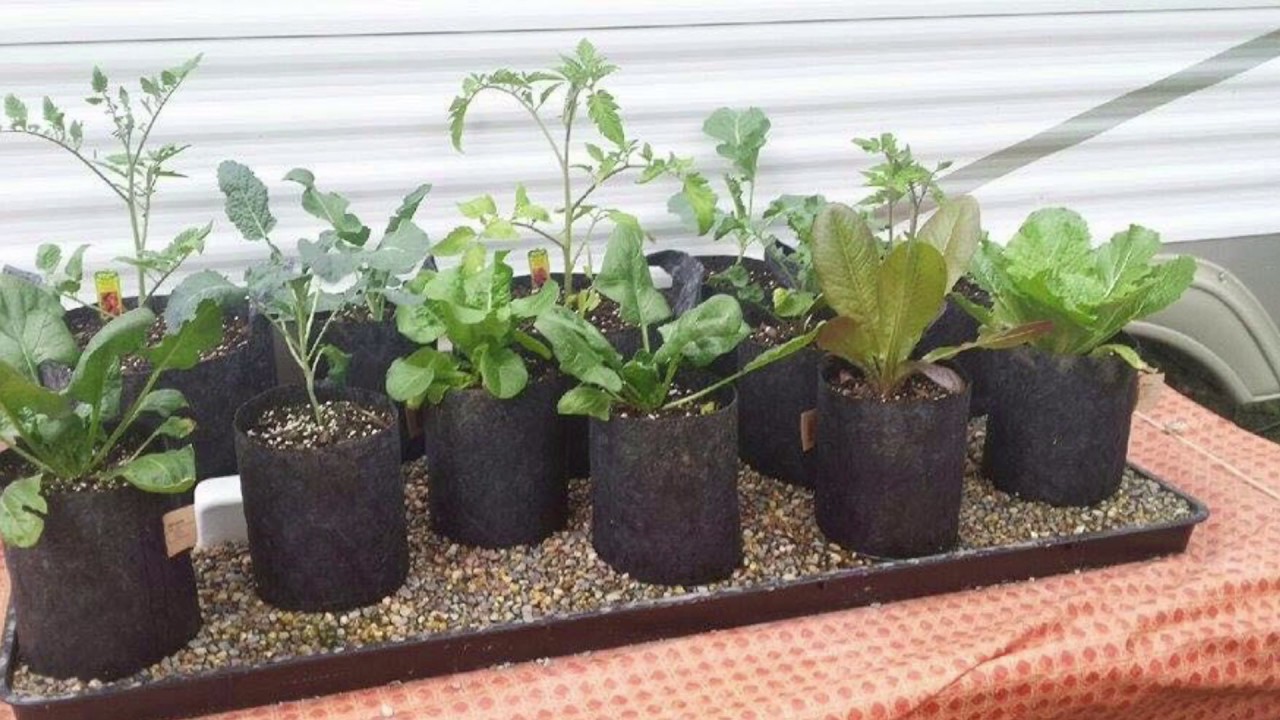
Besides, these bags are made in such a way that they support reuse and minimal waste. Whether you wish to use grow bags outdoors or indoors, then it’s good to know how to go about it. Therefore these important tips will help you learn to use these bags to grow, nurture, and care for your plants.
SOIL FOR GROW BAGS
Good soil mixture is all you need:1/3vermiculite,1/3 compost mixture,1/3moss. This is very important when using grow bags because it retains soil moisture.
Moreover, just as wood chips are used for mulching in any garden, so as with grow bags. This process makes plants grow better and keeps the soil moist.
Soil mixture can be reused for years without any problem. Remove the wood chips, empty the grow bags, add 10-20% new compost and mix appropriately.
WATERING FABRIC POTS
The watering process in any garden is challenging. Less water dries them out whereas excess water makes the plants grow fungus and molds. As compared to pots, grow bags dry out quite fast. This is experienced because of their superior drainage and aeration.
Sometimes it might be really hard to soak a plant in these bags because water will come out immediately you soak.
In contrast, a conventional pot may require less watering, however, it is easy to overwater. In case you over-water a plant in a customary pot they could suffocate or create fungus or mold.
Drip System
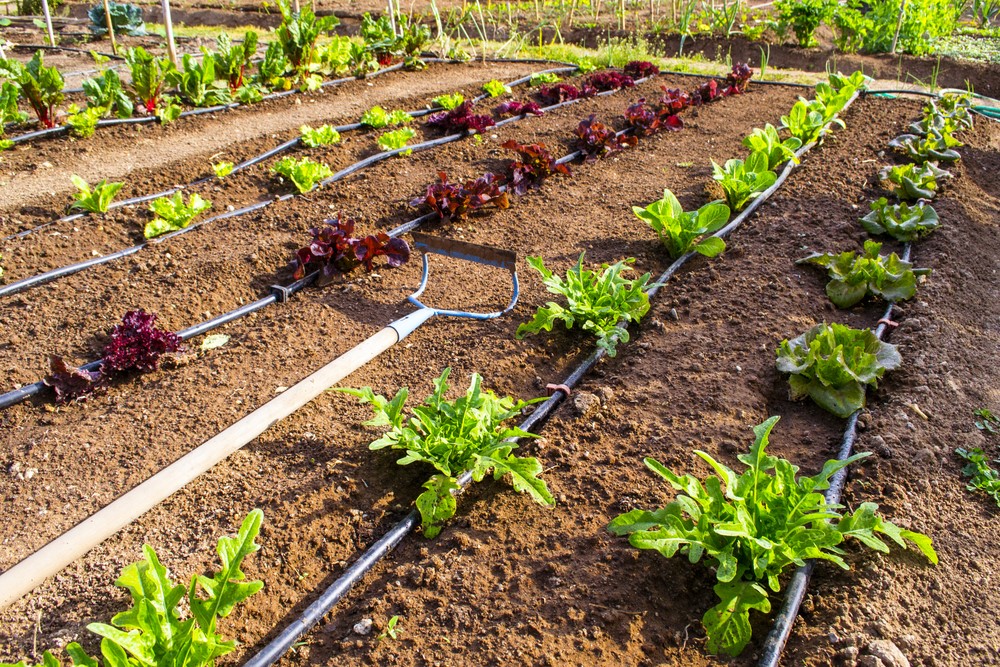
By introducing a drip system of irrigation, the grow bags for plants will get a steady moisture supply. Pipe drip systems work best for this application.
Self-Watering System
Place a container with water under the grow bag, the water will be wicked up by the plant as it requires it. Any container can work for this purpose. Be cautious however, in case the container is excessively deep, you will require an overflow. You need the majority of the roots to be noticeable all around. Styrofoam can be molded but you need to be lined with polyethylene to make an intriguing self-watering holder.
FERTILIZING GROW BAGS
Plant grow bags don’t contain as much soil as the normal earth does. So plants that feed heavily should be fertilized. Worm castings, bone meal, and manure, all make the best fertilizers. Eggshells and Epsom Salts can assist in adding minerals.
WHAT SIZE OF PLANT GROW BAG TO USE?
Plant grow bags come in various shapes and sizes depending on your particular planting requirements. Some plant grow bags are explicitly intended for developing potatoes with side openings for the ideal reap. Others are better for strawberries with side pockets for planting in a stacked arrangement. Reusable grow bags can be folded and put away in little spaces during the offseason, with no concern of them getting damaged in the off-season.
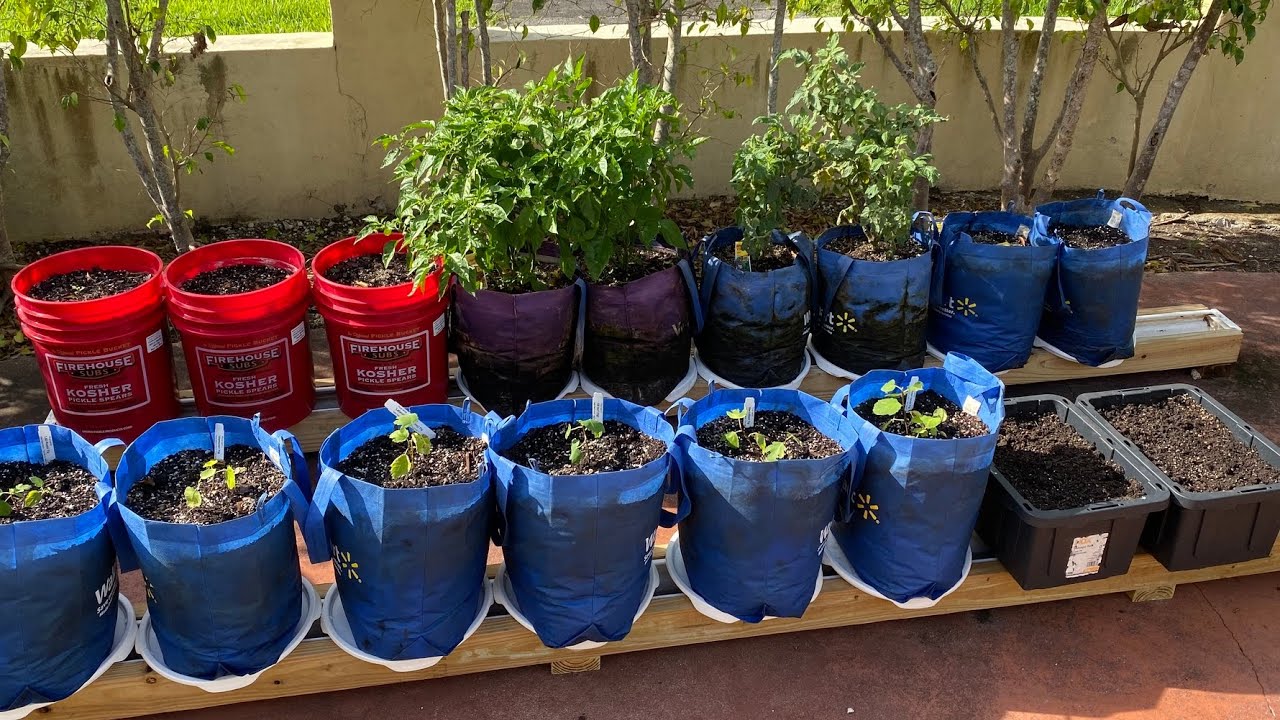
3-gallon size plant grow bag functions best for single plants like pepper, or two or three plants, for example, lettuce or peas.
5-gallon sacks work best for nearly anything, especially tomatoes, however, flowers, peppers, potatoes, herbs, stevia, little fruiting trees will develop brilliantly in plant grow sacks too.
10-gallon grow sacks are very enormous and can comfortably accommodate an entire nursery in one container. You can comfortably plant tomatoes or potatoes with basil surrounding them. Salad greens and spinach are other good favorites.
Another added advantage is that plant grow bags will work best than any other plastic container if they are properly stored when not in use. Don’t forget that these bags are also environmentally friendly.
In case you like having a bigger planting area like a raised bed you can likewise try out the 100 gallons plant grow bags. This gives you a large space to develop numerous plants all inside a single bag.
With plant grow bags you can plant up to three plants in one grow bag. Simply make a point to set up your bags appropriately for planting and plant the correct plants for your particular grow bag.
You should just purchase good quality sacks from a trustworthy supplier if you need maximum results from your plant grow bags.
CONCLUSION
Plant grow bags are an ideal choice if you have limited space in your garden. They can be comfortably arranged like a porch or window so long as it receives sunlight. They are also the best alternative if your area has poor. One clever thought is to dump your pre-used soil from your plant grow bag in a place where you want to one-day plant a nursery. After a couple of years, the soil will be fertile again.

